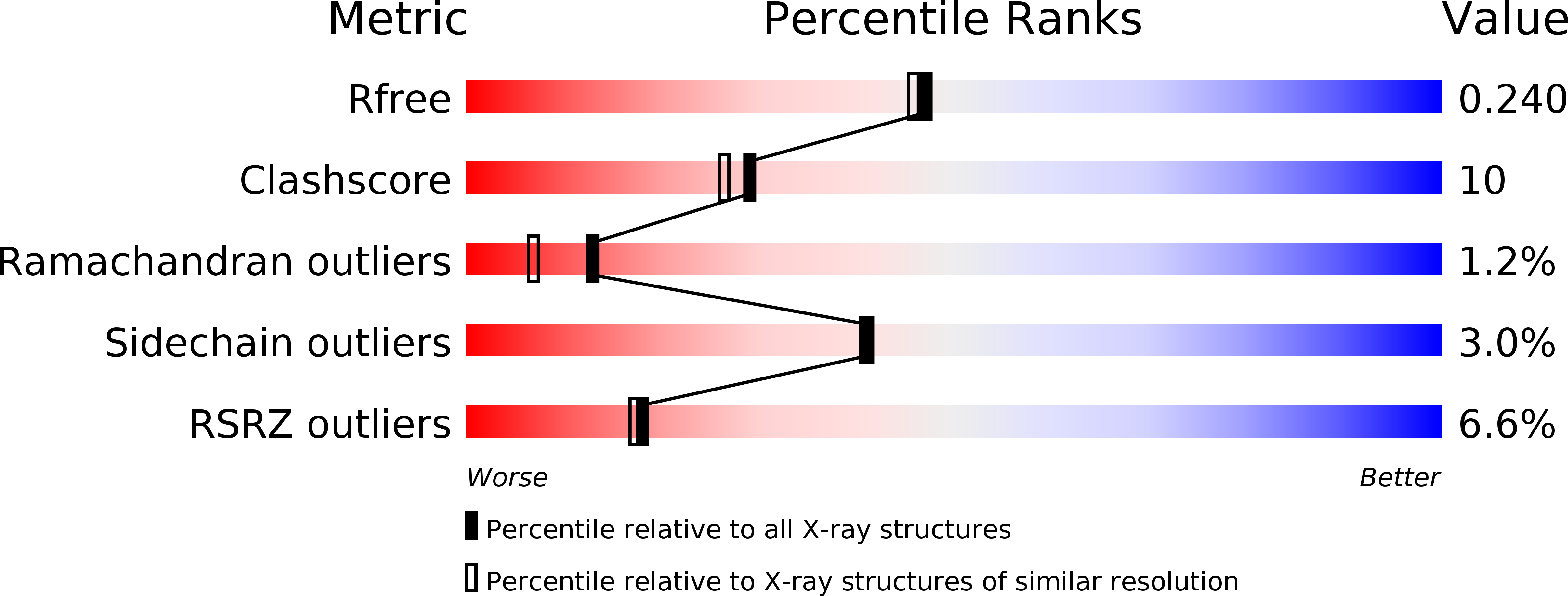
Deposition Date
2012-09-13
Release Date
2012-11-21
Last Version Date
2023-09-20
Method Details:
Experimental Method:
Resolution:
1.99 Å
R-Value Free:
0.23
R-Value Work:
0.20
R-Value Observed:
0.21
Space Group:
P 21 21 21


